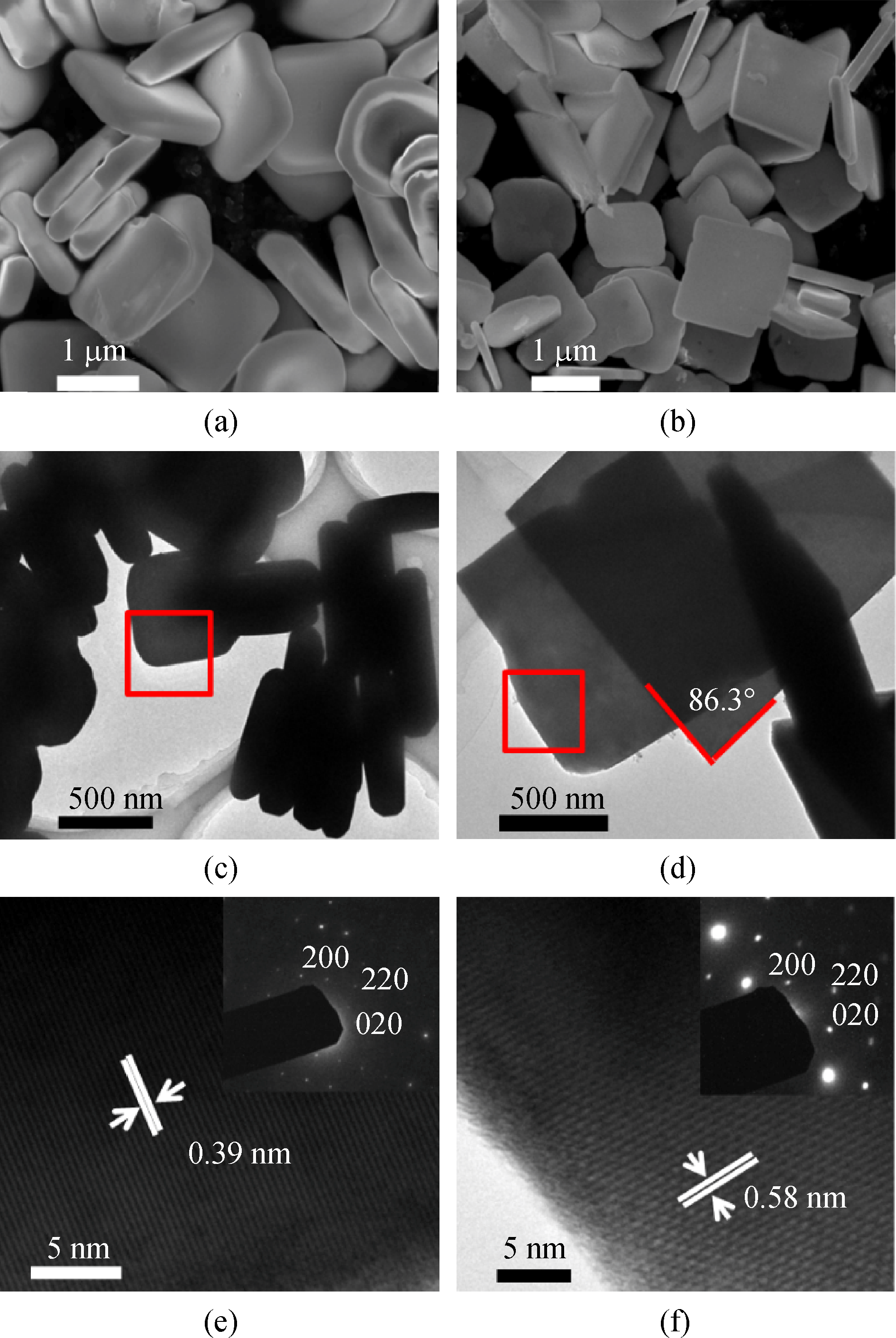In recent decades, researchers have developed various strategies to improve the charge carrier separation efficiency of the photocatalysts [
4]. The most common strategies include the doping of transition metals, heterojunction fabrication, noble metal modification, surface defect engineering, and so on. However, little progress has been made in bulk charge separation. At present, the influence of a built-in electric field on the photocatalytic performance of materials has become a hot spot of research in the photocatalysis community [
5–
7]. Recently, polarization field engineering has been demonstrated to be an effective strategy to enhance photocatalytic and PEC performances. The polar unit in polar materials arranged in the space periodically, leads to a polarization field along a special direction. The polarization field can drive electrons and holes to transfer along the opposite direction, which is beneficial for the separation of e
−-h
+ pairs and thus improves the PEC performance [
8]. Ferroelectric crystals possess a strong inversion symmetry breaking with a permanent spontaneous electric polarization, which could serve to promote the separation of photoexcited carriers. Consequently, ferroelectrics with an intrinsic built-in electric field could be utilized to boost the PEC properties simply by combining them with traditional semiconductor materials. Since TiO
2 photoelectrodes were first reported in 1972 [
1], a variety of novel ferroelectric materials have been exploited as photoelectrode materials (i.e., BiOIO
3 [
9,
10], Bi
2MoO
6 [
11], Cu
2O [
12,
13], Fe
2O
3 [
14–
17], CdS [
18], MoS
2 [
19], and BiVO
4 [
20–
22]) for water splitting. Chen et al. reported the recent progresses in charge separation advanced by different types of polarization, such as macroscopic polarization, piezoelectric polarization, ferroelectric polarization, and surface polarization, together with the related mechanisms [
23]. This research facilitates the understanding of the role of polarization in photocatalytic materials fabrication. However, most of the studies on polar photocatalysts focus on exploring polar semiconductors as new photocatalysts, while studies on the control of the synthesis of a ferroelectric material so as to modulate the polarization electric field and therefore to enhance the photocatalytic and photochemical properties, as well as the mechanism of charge separation by ferroelectric built-in electric field are rarely reported.













